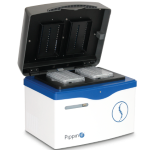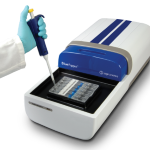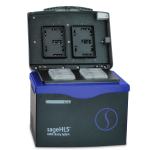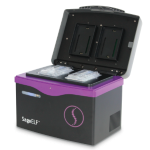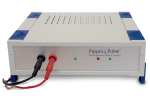We are delighted to see more users releasing data on their experiences with BluePippin size selection.
A new blog post from the Institute for Genome Sciences at the University of Maryland details how the BluePippin high-pass protocol has helped in the PacBio SMRT Sequencing workflow.
The blog, which comes from lab manager Naomi Sengamalay at the institute’s Genomics Resource Core, compares long-insert libraries prepared with and without BluePippin sizing (using the 0.75% agarose gel cassette) for sequencing on the PacBio RS II.
Because the automated sizing removes smaller fragments, size-selected libraries show longer subread lengths when sequenced. According to a helpful table and graph in the blog post, size selection nearly doubled the mean subread length, as well as subread lengths measured at the 90th and 95th percentiles.
The Genomics Resource Core saw another benefit of size selection for PacBio libraries: they were able to generate more data per zero-mode waveguide on the sequencer. “As the fragment length increases, the percentage of SMRTbell adapter sequence decreases and the percentage of library insert increases,” the blog post reports. “Using BluePippin size selection, we have achieved yields of >500 M passed filter bases from individual SMRTcells.”
For more information, check out the full blog post, which also reports data from genome sequences of Clostridium, Streptococcus, and Propionibacterium that utilized our size selection tool. Congratulations to the Genomics Resource Core team for achieving these great results!
